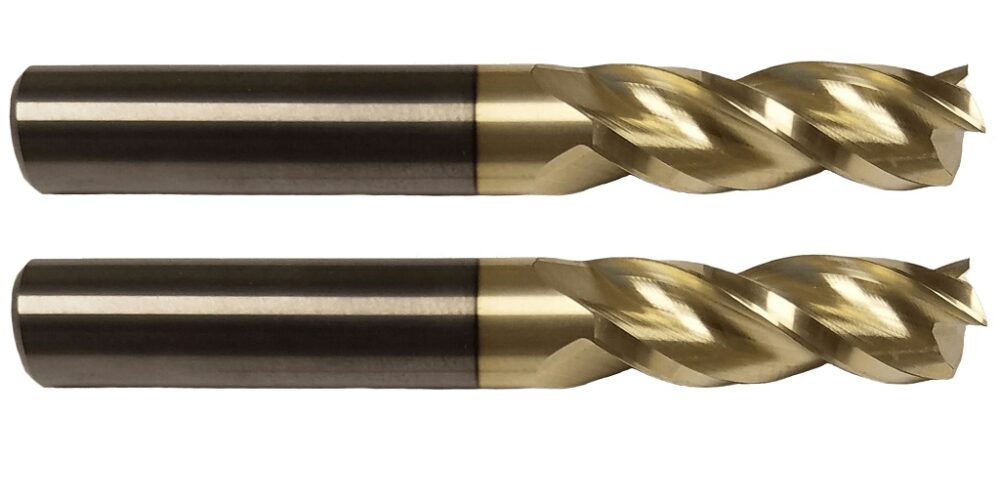Those who like working with metals love machining aluminum. It is light, versatile, and allows for high removal rates without a problem, making it a favorite for manufacturers in many industries.
Moreover, the demand for aluminum parts has grown consistently over the years as the amazing properties of this metal find more applications in industries we never thought of, and more workshops adopt high-performance machining principles to lower production costs.
However, aluminum can also be a challenging material. Its relative softness makes it easier to machine than traditional alloys and hardened metals. This is evident not only because our tools can cut through aluminum workpieces with ease, but also because of the quality of the chips produced when cutting. Steel chips, for example, tend to be small in size. This is because steel is stiffer and snaps into smaller chips. Also, mills used for hardened metals have higher numbers of flutes that split chips into even smaller bits. Contrastingly, aluminum tends to form long curled strings as it is evacuated by a reduced number of flutes.
One problem is that these long strings can form nests on top of the piece, or even clog the base of the cutter, increasing the risk of tool jamming.
One other problem that seems to go hand in hand with aluminum machining is chatter. We know this phenomenon is not exclusive to projects involving aluminum. However, as tool technology advances, and incredible providers like Online Carbide keep improving their high-performance end mills for aluminum, we tend to push our machines to the limit which makes chatter a common problem.
That´s why tool design is important and the best end mills for aluminum take all these problems into consideration. For example and as mentioned earlier, aluminum cutting tools have fewer flutes, usually two or three, as they should provide ample space for efficient chip ejection. Helix angle also affects chip evacuation as higher angles provide upward forces that help chips climb up faster. Most end mills will present a 30-degree helix angle which is ok for small chips but not fast enough for longer chips. High-quality end mills for aluminum usually display angles between 35 and 40 degrees that help the tool push chips away from the chips more efficiently.
Tool material also plays a huge role in aluminum cutting tasks. High-speed machining requires higher accuracy and tool tolerance. Steel-based tools tend to wobble when driven at high speeds and their relatively low-temperature tolerance does not allow your machine to increase feed rates past a certain point. Solid carbide tools on the other hand offer increased stiffness, accuracy, durability, and heat resistance, allowing you to code more aggressive tool paths and drastically increase productivity. The chemical composition of carbide is what gives these tools their strength. Carbide is a composite material, while steel is a metal alloy. This means that steel is a solid solution with metallic properties, while when we talk about carbide we refer to two or more mixed materials that tend to remain physically distinct but reinforce each other. These distinctive properties give carbide added strength, higher refractory properties, and increased durability allowing machinists to run cutters at higher speeds without sacrificing tool life.
Tool coating also makes a huge difference when machining aluminum to increase lubricity, heat protection, and sharpness. Zirconium nitride provides added protection against corrosion and wear, and also adds even more resistance to high temperatures.
Online Carbide designs and manufactures cutting tools for high-performance machining. Their end mills for aluminum are widely recognized for their durability and accuracy, making them the best choice for workshops looking to improve their performance. Contact them by sending an email to [email protected] today.












